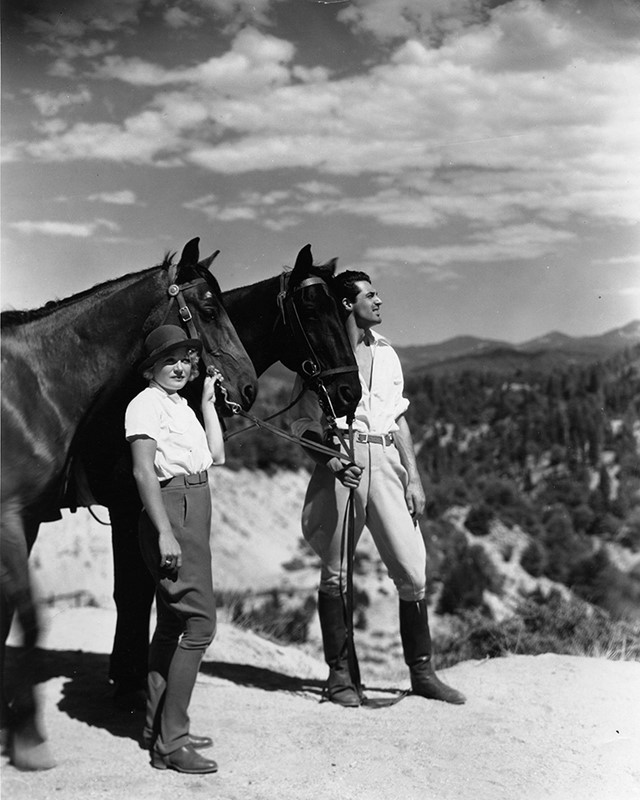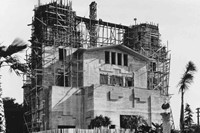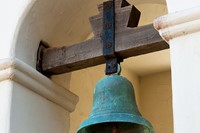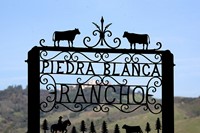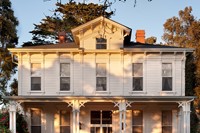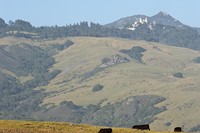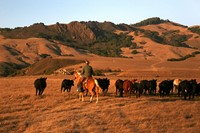We revisit the story of the Californian Hearst Castle and Ranch
A highly coveted invite from William Randolph Hearst in the late 1920s asking to “Please come and ride the range with me” was your Willy Wonka golden ticket to enjoy all 130 square miles of virgin ranchland along the Californian coast surrounding “La Cuesta Encantada”. The Enchanted Hill is crowned by Hearst Castle – a lesson in excess that housed Hollywood’s who’s-who of yesteryear and a host of European art. This same invitation was extended to many guests in Hearst’s heyday: David Niven, Joan Crawford, Charlie Chaplin, Errol Flynn, Cary Grant. Almost none turned it down. After accepting, Clark Gable found himself trotting alongside Hearst on one of his infamous trail rides.
"The Enchanted Hill is crowned by Hearst Castle – a lesson in excess that housed Hollywood’s who’s-who of yesteryear and a host of European art"
“These Hollywood movie stars would play cowboys on screen, but they weren’t always the roughest and toughest,” jokes Victoria Kastner, Hearst Castle’s 30+ year historian and author of Hearst Ranch: Family, Land and Legacy. “Hearst would lead these long trail rides out into the hills and on one of them, Clark Gable kind of moaned, ‘When we get to the next brow of a hill, we’ll see Los Angeles,’ because he felt like he’d been going 250 miles on the trail! They were called some of the most ‘tender-footed men and tender-bottomed women on the silver screen’ by a director named Kingsley Theodore.”
William Randolph Hearst inherited this sprawling ranchland from his father, George Hearst, in 1919 (along with several prestigious newspapers). There he lived with his mistress, Hollywood actress Marion Davies. Hearst had already married, but divorce at those times was a complicated affair, and his wife Millicent Wilson was neatly tucked away in New York with the children. Trouble was, Davies was an alcoholic at the apex of prohibition – an addiction that was “very cruelly parodied by Orson Welles in Citizen Kane.” One story goes that Marion’s gin flask once dropped out of her purse at dinner, and when the smell molested the dinner guests, she quipped to a disapproving Hearst: “How do you like my new perfume?” Although Hearst abhorred prohibition (he offered $25,000 in a contest for the winner to defeat prohibition), alcohol was at premium chez Hearst. No hard liquor.
Of course, the rules weren’t always observed. “[Actor] Cary Grant said that everybody gathered before dinner in the assembly room and you’d get one weak martini, or two if you were quick!” says Kastner. “I guess I got a kick out of hoodwinking and deceiving such a powerful man,” David Niven wrote in his autobiography, “but what a lousy thing to have done to a man who’s shown me nothing but kindness and what a terrible thing to have done to Marion.” Hearst did serve wine and beer to his guests, but the wine flowed like glue.
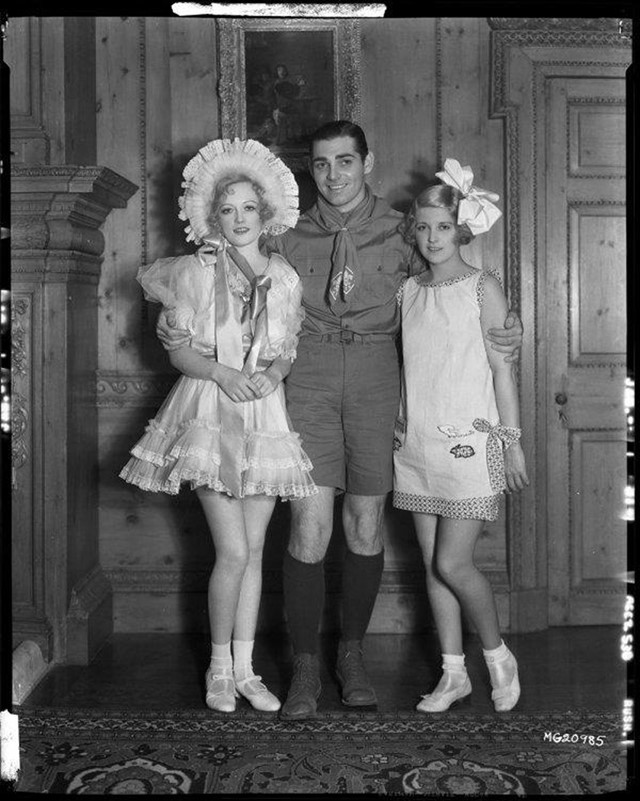
His love for Marion, however, was deeper than any bottle. Hearst “was always overspending and nearly went broke,” explains Kastner. “When that happened, he’d taken out a loan and they were going to foreclose on [Hearst Castle] and Marion sold her jewellery and liquidated stocks and she gave him a million dollars – in the 1930s that was an enormous amount of money – so that he could keep the ranch. She actually convinced another girlfriend to give him another million dollars.” This overspending had manifested in $87 million in debt, but yielded the Julia Morgan designed Spanish-style castle with 56 bedrooms, 61 bathrooms, 19 sitting rooms, 127 acres of gardens, indoor and outdoor swimming pools of the Grecian variety, tennis courts, a movie theatre, an airfield, and the world's largest private zoo. “There were giraffes, there were polar bears, brown bears and sun bears, there were 300 different species.” Zebras continue to roam the plains, grazing alongside the cattle, but were it not for Marion Davies this might not be the case.
After Hearst passed away (in Marion’s home, no less), he left the entire castle and ranchland to her as a sign of his love and gratitude for bailing him out. In an act of selflessness, Marion “sold her inheritance for $1 back to Hearst Corporation. She didn’t keep it.” Kastner continues, “There could have been a court fight but basically what Marion was saying was, ‘I didn’t do this for money.’ Hearst wanted to be sure she was okay and taken care of when he was gone but she gave back the inheritance. It really is a love story, you know?”
Lucky, then, that Steve Hearst (who pens the foreword to Hearst Ranch) will see out the 150th anniversary of the castle and its environs in two years’ time, which, thanks to him, are conserved in perpetuity. “Because one family owned all that land it didn’t get developed, it didn’t become Long Beach, it didn’t become San Diego, which it would’ve, because it’s the coastline,” explains Kastner. “It would’ve looked like everywhere else in California.” But this hilltop palace, replete with European treasures and Hollywood love stories, makes the surrounding San Simeon countryside where Hearst camped as a child even more remarkable. As Hearst once said, “I’d rather spend a month at the ranch than any other place in the world.”
Hearst Ranch: Family, Land and Legacy is published by Abrams and is available now
Text by Trey Taylor
